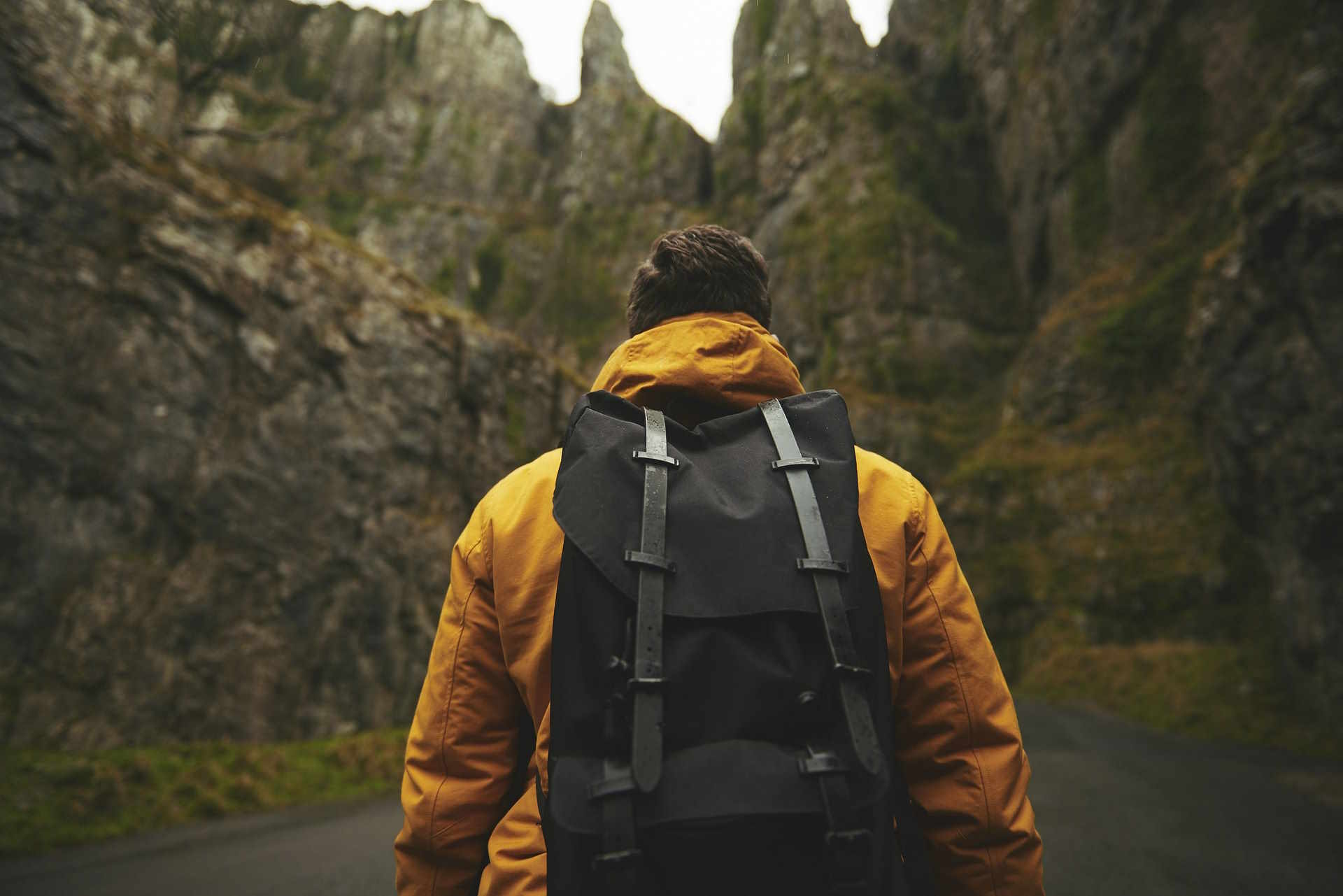Culinary Canyoneering: Exploring Gastronomy in Earth's Hidden Gorges
In a world where traditional food tourism often focuses on bustling city markets and Michelin-starred restaurants, a new trend is emerging that combines adrenaline-pumping adventure with gastronomic exploration. Culinary canyoneering, the art of discovering unique food experiences while navigating through steep, narrow gorges, is captivating the hearts and taste buds of intrepid travelers worldwide. This unconventional approach to food tourism offers a thrilling way to experience local cuisines in some of the most breathtaking and secluded locations on Earth.
The concept gained traction as outdoor enthusiasts and food lovers alike sought more immersive ways to experience local cultures and cuisines. Traditional food tours often felt disconnected from the landscapes that shaped culinary traditions. Culinary canyoneering bridged this gap, offering a visceral connection between the land and the plate.
The Allure of Canyon Cuisine
What makes culinary canyoneering so appealing is its ability to showcase foods in their natural habitats. Participants might forage for wild herbs clinging to canyon walls, learn about ancient preservation techniques used by indigenous peoples who once inhabited these remote areas, or enjoy meals prepared using traditional methods adapted to the unique environment of the gorge.
These experiences go beyond mere tastings. They offer a profound understanding of how geography, climate, and cultural history shape regional cuisines. For instance, in the slot canyons of the American Southwest, adventurers might learn about the importance of drought-resistant plants in Native American diets while sampling dishes made from prickly pear cactus or mesquite pods.
Challenges and Considerations
While culinary canyoneering offers unparalleled experiences, it’s not without its challenges. The remote nature of many canyons means that food preparation and safety standards must be meticulously managed. Tour operators must navigate strict regulations regarding food handling in wilderness areas, often requiring creative solutions for meal preparation and waste disposal.
Additionally, the physical demands of canyoneering can limit accessibility for some travelers. However, many operators are developing routes and experiences that cater to a range of fitness levels, ensuring that this unique form of culinary tourism remains inclusive.
Global Hotspots for Culinary Canyoneering
Culinary canyoneering experiences are cropping up in diverse locations around the globe, each offering a unique blend of adventure and gastronomy. In the limestone gorges of southern France, travelers can rappel down sun-warmed cliffs before indulging in locally-produced cheeses and wines. The dramatic canyons of Oman’s Musandam Peninsula offer opportunities to explore Bedouin cuisine, with meals of shuwa (slow-cooked lamb) enjoyed after navigating through narrow wadis.
In Japan’s Iya Valley, known for its deep gorges and traditional way of life, culinary canyoneers can forage for wild mountain vegetables before learning to prepare local specialties like Iya soba noodles. Meanwhile, the canyons of Mexico’s Copper Canyon system provide a backdrop for exploring the rich culinary traditions of the Tarahumara people.
The Future of Adventure Dining
As culinary canyoneering gains popularity, it’s poised to reshape the landscape of adventure tourism and food travel. This trend reflects a broader shift towards more immersive, multisensory travel experiences that connect visitors deeply with local environments and cultures.
The future may see the development of multi-day culinary canyoneering expeditions, where each day’s journey through the canyon is paired with progressive dining experiences. There’s also potential for collaborations between renowned chefs and canyoneering guides, creating haute cuisine experiences in the most unexpected of locations.
Canyon Cuisine Quick Facts
• Popular canyoneering destinations embracing culinary tourism:
-
Zion National Park, Utah, USA
-
Verdon Gorge, France
-
Wadi Shab, Oman
-
Iya Valley, Japan
-
Copper Canyon, Mexico
• Essential skills for culinary canyoneering:
-
Basic rappelling techniques
-
Water safety
-
Leave No Trace principles
-
Basic foraging knowledge
-
Food safety in wilderness settings
• Unique canyon-inspired dishes:
-
Canyon-aged cheese (stored in natural cave formations)
-
Solar-cooked meals utilizing the heat of sun-warmed rocks
-
Foraged herb-infused spirits
-
Canyon-smoked meats using local woods
Culinary canyoneering represents a bold new frontier in experiential travel, offering a unique fusion of adventure, gastronomy, and cultural immersion. As travelers increasingly seek out authentic, off-the-beaten-path experiences, this trend is set to carve out a significant niche in the global tourism landscape. By literally descending into the earth to discover its flavors, culinary canyoneering provides a profound connection to the land and its culinary heritage, promising unforgettable journeys for the adventurous food lover.






